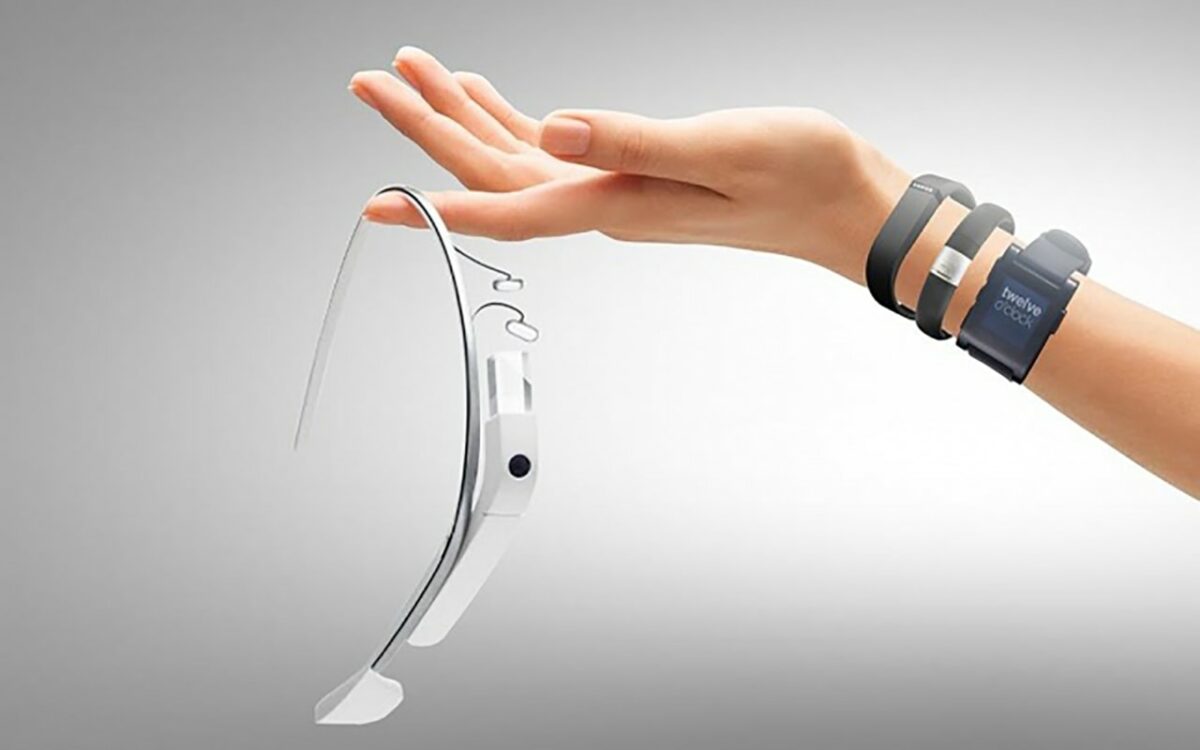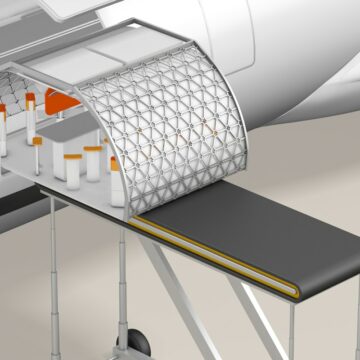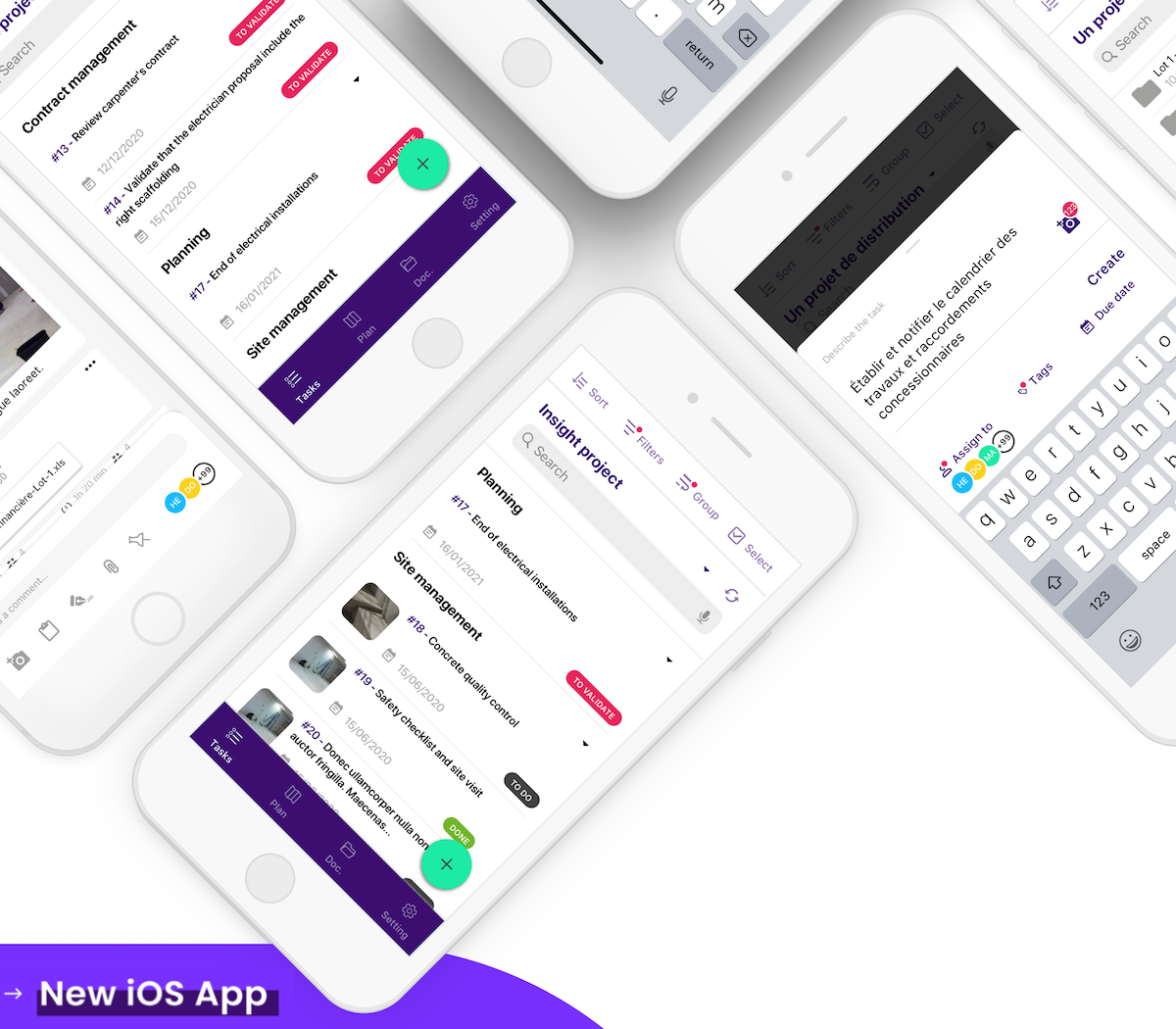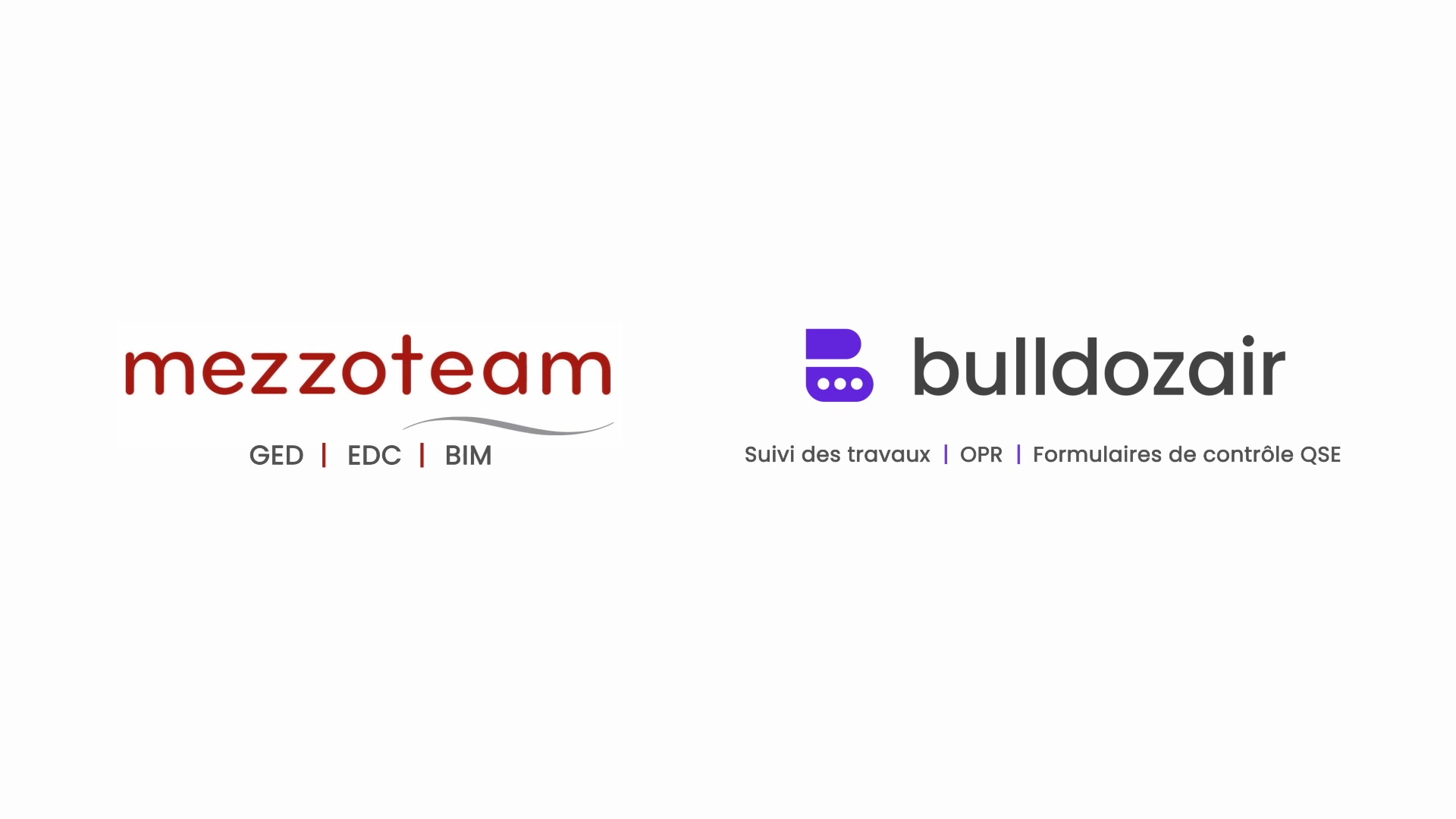Nowadays, technology is advancing at an incredible pace. From waterproof smartphones to self-driving cars, objects offer more and more features every day.
In the last decade, there has been a big trend regarding technological advances – wearables. This term refers to technology, which can be worn with the goal of monitoring a specific function or improving a particular experience. People can track their activity through bracelets and work on improving their health or capture video only by tapping the side of their Google Glass.
These improvements not only cover day-to-day activities but also other industries, where better and more user-friendly solutions are demanded constantly. Smartwatches can track heart activity, Nike offers self-lacing shoes and now even swimwear can alert you when to reapply sunscreen.
Credit to Total Shape
This wearable trend has expanded so much that even the construction industry has seen its results. For safety or for efficiency, there are several products made for people in the construction industry.
One of the pioneers is the brand Daqri, who has developed a smart helmet featuring augmented reality by utilizing cameras and sensors placed on the helmet. This allows workers to identify leaks with thermal vision or receive guided assistance and information related to the site, thus improving their results as a consequence.
Other companies have worked towards safety improvements, such as Illumagear. They have developed a smart ring light for workers to use attached to their helmets in areas of low visibility. The aim of the product is to reduce the number of accidents caused by poor luminosity such as traffic accidents at night.
As we can see, many companies are invested in the technological side of the construction industry. Some are working hard to deliver futuristic innovations and developing very promising prototypes. One of them is Ekso Bionics, who is currently developing an exoskeleton for industrial workers. This product will allow them to improve their productivity, reduce injuries in the site, reduce fatigue by protecting them, and enabling workers to be stronger and more precise.
All of these brand new innovations bring lots of advantages to the industry, as they not only help the business get better results but they also create a safer workplace for the employees, therefore diminishing risk and downtime for companies.










